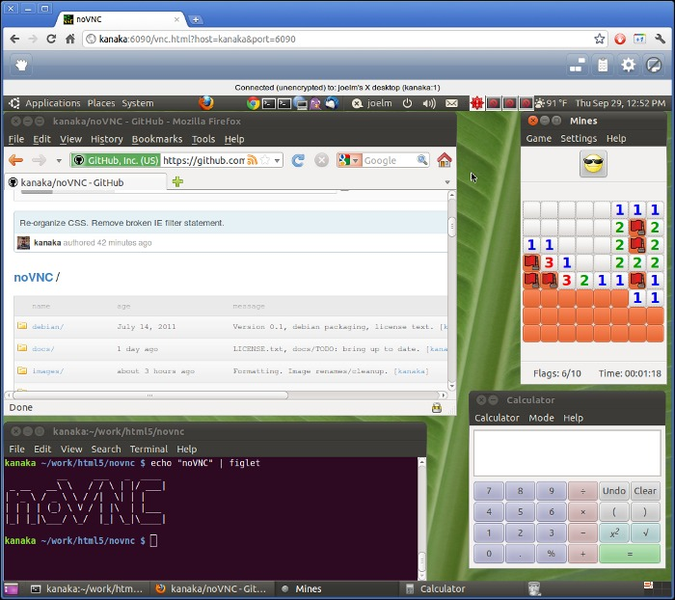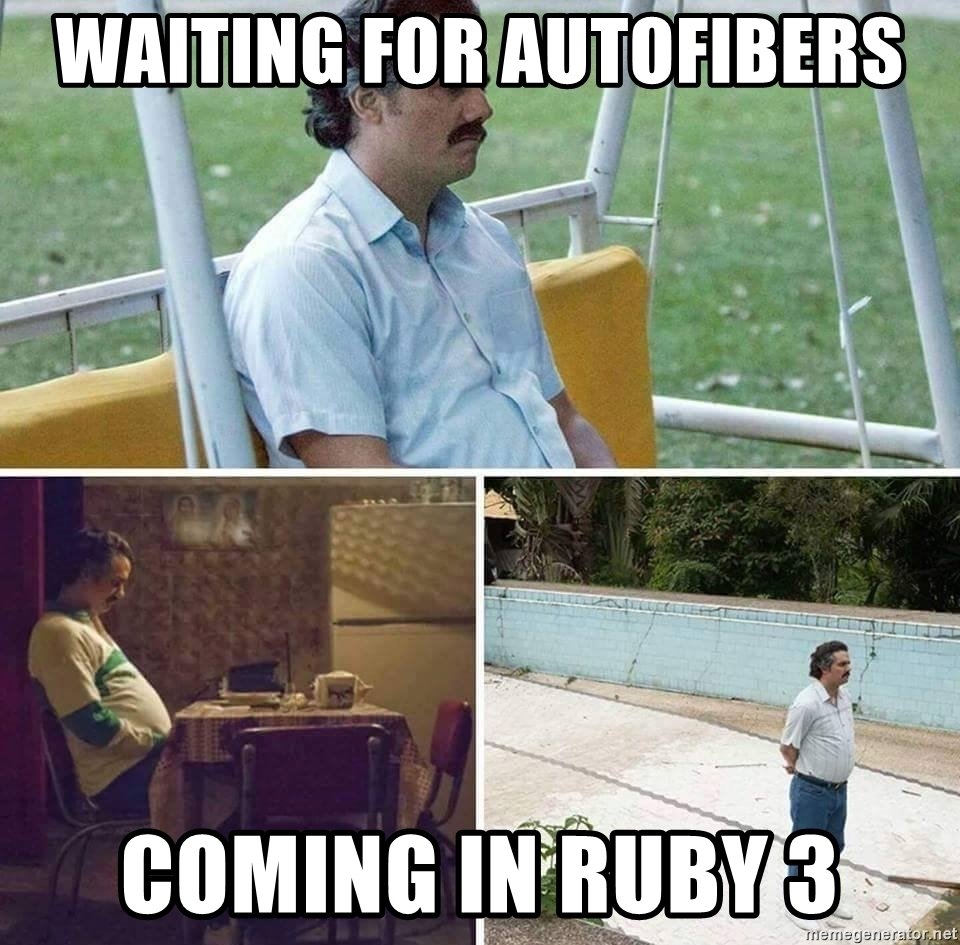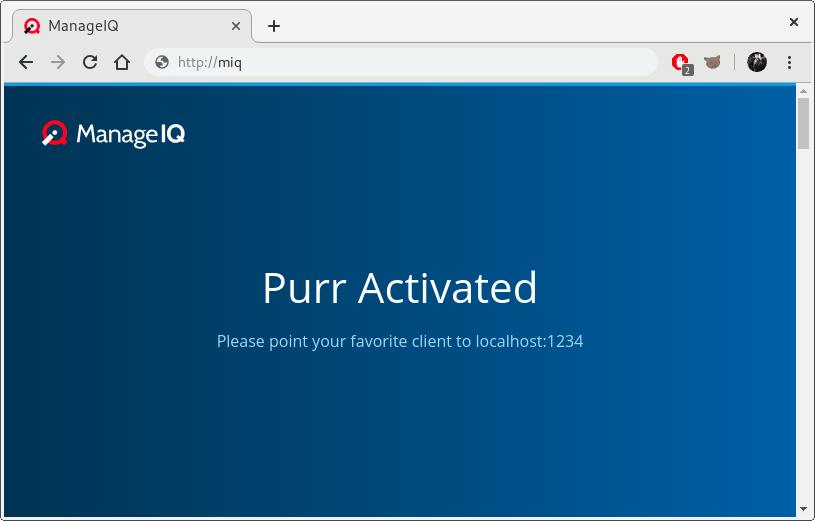cześć
Good luck, have fun!
How to hijack, proxy and smuggle sockets with Rack/Ruby
Dávid Halász
WrocLove RB '19
@halaszdavid






Like remote desktop sessions, but in a HTML5 <canvas>
In-browser remote consoles









Browser
Hypervisor
VM
Proxy
WS
VNC
PROXY
PROXY
PROXY



WS
VNC



So what THE HELL IS THIS?


require "socket"
sock = TCPSocket.new("wrocloverb.com", 80)
sock.write("GET / HTTP/1.1\r\n");
sock.write("Host: wrocloverb.com\r\n")
sock.write("\r\n")
puts sock.read(358)
sock.close
"HTTP/1.1 301 Moved Permanently
Cache-Control: public, max-age=0, must-revalidate
Content-Length: 39
Content-Type: text/plain
Date: Thu, 07 Mar 2019 20:54:19 GMT
Location: https://wrocloverb.com/
Age: 72524
Connection: keep-alive
Server: Netlify
Redirecting to https://wrocloverb.com/"HEADERS
PAYLOAD
HTTP
As files, but for Networking

Socket.write()

Socket.write()

Socket.write()

Socket.write()

Socket.write()

Socket.write()

Socket.write()

Socket.write()

Socket.write()

Socket.write()

Socket.write()

Socket.write()

Socket.write()
For Reading ...
Use your Imagination
# sock_a <- websocket
# sock_b <- vncsocket
Thread.new do
loop do
ws_data = sock_a.read(1024)
vnc_data = ws_to_vnc(ws_data)
sock_b.write(vnc_data)
end
end
loop do
vnc_data = sock_b.read(1024)
ws_data = vnc_to_ws(vnc_data)
sock_a.write(ws_data)
end
Non-blocking IO
- Same methods, but with _nonblock suffix
- read_nonblock
- write_nonblock
- Methods are not waiting
- Instead of waiting an exception is raised
- EWOULDBLOCK
- EAGAIN
- Testing the readiness extracted out
- Single loop to handle all sockets
class Reader
def initialize
@sockets = []
Thread.new { event_loop }
end
def register(socket)
@sockets.push(socket)
end
private
def event_loop
loop do
# Wait for events
to_read, _, _ = IO.select(@sockets, [], [], 1)
# Handle the events
to_read.each do |socket|
puts socket.read_nonblock(4096)
end
end
end
end
My Adventures
with IO.select
pairing = {
sock_a => [sock_b, method(:ws_to_vnc)],
sock_b => [sock_a, method(:vnc_to_ws)]
}
loop do
rds, wrs, _ = IO.select(pairing.keys, pairing.keys, [], 1)
# Iterate through all the readable sockets
rds.each do |read|
# Retrieve the right endpoint and translation method
write, translate = pairing[read]
# Don't do anything if write is not writable - OOPSIE
next unless wrs.include?(write)
# Read, translate and write
data = read.read_nonblock(4096)
translated = translate.call(data)
write.write_nonblock(translated)
end
endThis is really bad
Alternative solutions
- Don't use Ruby
- Using threads with blocking IO
- Use a library for asynchronous IO
- Celluloid
- EventMachine
- Async
- Wait for AutoFibers to happen
- Fibers yielding automatically IO wait
- Similar to Crystal
😭
😭 😭
👍
🤩 🤩
# sock_a <- websocket
# sock_b <- vncsocket
fibers = []
fibers << AutoFiber.new do
loop do
ws_data = sock_a.read(1024)
vnc_data = ws_to_vnc(ws_data)
sock_b.write(vnc_data)
end
end
fibers << AutoFiber.new do
loop do
vnc_data = sock_b.read_nonblock(1024)
ws_data = vnc_to_ws(vnc_data)
sock_a.write_nonblock(ws_data)
end
end
# Not sure about the syntax, sorry
loop { fibers.each(&:call) }✨✨ MAGIC ✨✨

Bouncing SElect
pairing = {
sock_a => [sock_b, method(:ws_to_vnc)],
sock_b => [sock_a, method(:vnc_to_ws)]
}
@to_read = pairing.keys
@to_write = pairing.keys
loop do
rds, wrs, _ = IO.select(@to_read, @to_write, [], 1)
@to_read -= read # bounce out
@to_write -= write
# Iterate through all the readable sockets
rds.each do |read|
# Retrieve the right endpoint and translation method
write, translate = pairing[read]
# Don't do anything if write is not writable
next unless wrs.include?(write)
# Read, translate and write
data = read.read_nonblock(4096)
translated = translate.call(data)
write.write_nonblock(translated)
@to_read.push(read) # bounce back in
@to_write.push(write)
end
endIO.Select isn't ideal
EPOLL
- Higher performance than IO.select
- Pass the sockets to the kernel just once
- Ask for their status separately
- Available on Linux only
- kqueue on BSD
- Fallback to IO.select
-
Partially implements the bouncing select
- EPOLLONESHOT
- Unregister a socket after being ready
- Sockets still have to be rearmed explicitly
void epoll_register(int *epoll, VALUE socket) {
struct epoll_event ev;
ev.data.u64 = (uint64_t) socket;
ev.events = EPOLLONESHOT | EPOLLIN | EPOLLOUT;
epoll_ctl(*epoll, EPOLL_CTL_ADD, SOCK_PTR(socket), &ev);
}
void select(int *epoll, int timeout) {
int i = 0;
struct epoll_event events[256];
int numevents = epoll_wait(epoll, events, 256, timeout);
for (int i = 0; i < numevents; i++) {
VALUE socket = (VALUE) events[i].data.u64;
// set readiness of the socket
// in an ruby-readable structure
// that can be iterated with each
}
}For any other platform it can fall back to IO.select
Works well™ on Linux
https://github.com/skateman/surro-gate
Using HTTP for bidirectional data transfer instead of the classic request-response model after a regular handshake
Websockets

Browser

Webserver
GET /websocket HTTP/1.1 Host: localhost Connection: Upgrade Upgrade: WebSocket

Browser

Webserver
HTTP/1.1 101 Switching Protocols Upgrade: websocket Connection: Upgrade

Browser

Webserver
WebSocket frames
defined by RFC 6455

Source: pngarts.com
require 'rack'
# app can be anything that responds to #call
app = lambda do |env|
# Here you do some stuff
[
'200', # status
{'Content-Type' => 'text/html'}, # headers
['Hello world!'] # body
]
end
# Incoming HTTP requests will run app.call
# with a single hash as an argument that
# contains all the parsed data from the request
Rack::Handler::Puma.run app
require 'rack'
# app can be anything that responds to #call
app = lambda do |env|
# Here you do some stuff
[
'200', # status
{'Content-Type' => 'text/html'}, # headers
['Hello world!'] # body
]
end
# Incoming HTTP requests will run app.call
# with a single hash as an argument that
# contains all the parsed data from the request
Rack::Handler::Puma.run appSocket hijacking

@proxy = Proxy.new # Runs in background
app = lambda do |env|
return [404, {}, []] unless http_upgrade?
sock_ws = env['rack.hijack'].call
address, port = magic(env)
sock_vnc = TCP.new(address, port)
@proxy.push(sock_ws, sock_vnc)
[-1, {}, []] # Dummy return to make Rack happy
end
Rack::Handler::Puma.run appThis is how we roll




Browser
Hypervisor
VM
Proxy
WS
VNC
Thank you

GET /websocket HTTP/1.1 Host: localhost Connection: Upgrade Upgrade: WebSocket
🐱 🐱 🐱 🐱 🐱



Browser vs Desktop





Hypervisor
VM
Server Proxy
VNC
Client Proxy
VNC
VNC Client
Purr

HTTP Upgrade + VNC
HTTP Upgrade + SSH
HTTP Upgrade + ???
TCP Smuggled Through HTTP



Browser
Webserver
Proxy


Hypervisor
VM





Browser
Webserver
Proxy


Hypervisor
VM

I want to purr like a cat



Browser
Webserver
Proxy


Hypervisor
VM

Go for it, talk to purr://miq



Browser
Webserver
Proxy


Hypervisor
VM


Plugin
purr://miq



Browser
Webserver
Proxy


Hypervisor
VM


Plugin
I'm listening on localhost:1234




Browser
Webserver
Proxy


Hypervisor
VM


Plugin
I'm listening on localhost:1234



Browser
Webserver
Proxy


VNC client
Plugin


Hypervisor
VM

Connecting to
localhost:1234



Browser
Webserver
Proxy


VNC client
Plugin


Hypervisor
VM

VNC



Browser
Webserver
Proxy


VNC client
Plugin


Hypervisor
VM

VNC
HTTP w/upgrade to Purr



Browser
Webserver
Proxy


VNC client
Plugin


Hypervisor
VM

VNC
HTTP w/upgrade to Purr



Browser
Webserver
Proxy


VNC client
Plugin


Hypervisor
VM

VNC
HTTP 101



Browser
Webserver
Proxy


VNC client
Plugin


Hypervisor
VM

VNC
Purr



Browser
Webserver
Proxy


VNC client
Plugin


Hypervisor
VM

VNC
Purr
VNC



Browser
Webserver
Proxy


VNC client
Plugin


Hypervisor
VM

VNC
Purr
VNC
There's a problem
With this

Browser Plugin
+
Client APP
Purrchitecture
- Server
- Rack server written in Ruby
- Uses surro-gate for bouncing-select
- Plugin
- JS/WebExtensions
- Calls the client using native messaging
- Have to figure out packaging and distribution
- Client
- Listens locally, forwards to the server
- My very first try to write Go
- Frontend library
- Activates the plugin and the client
- I don't like writing JS

require 'purr'
app = Purr.server do |env|
# Just implement your own magic method
# that returns with a host and a port
host, port = magic(env)
[host, port]
end
Rack::Handler::Puma.run app(Dis)AdvanTages
- Behaves like HTTP
- Use of Rack middlewares
- Authentication
- Logging
- Router
- Cookies
- HTTP headers
- SSL/TLS support with HTTPS
- Needs both a browser plugin and a binary (for now)
It's not fully done
Far from being
Purrduction ready
But it works
This presentation is running in a browser, that is running in a container which is being accessed through VNC. The container is running in a VM, without any exposed ports. Therefore, the only way to access the container's VNC server from my machine is via a HTTP server purring on the VM.
I can prove it
Thank You


Dávid Halász
dhalasz@redhat.com
Twitter: halaszdavid
Github: skateman
I have some stickers of George and Purr
github.com/skateman/purr
github.com/skateman/surro-gate
www.manageiq.org
www.skateman.eu
Made with FontAwesome icons